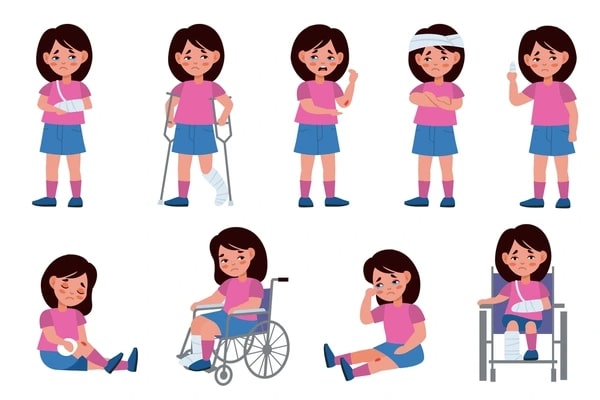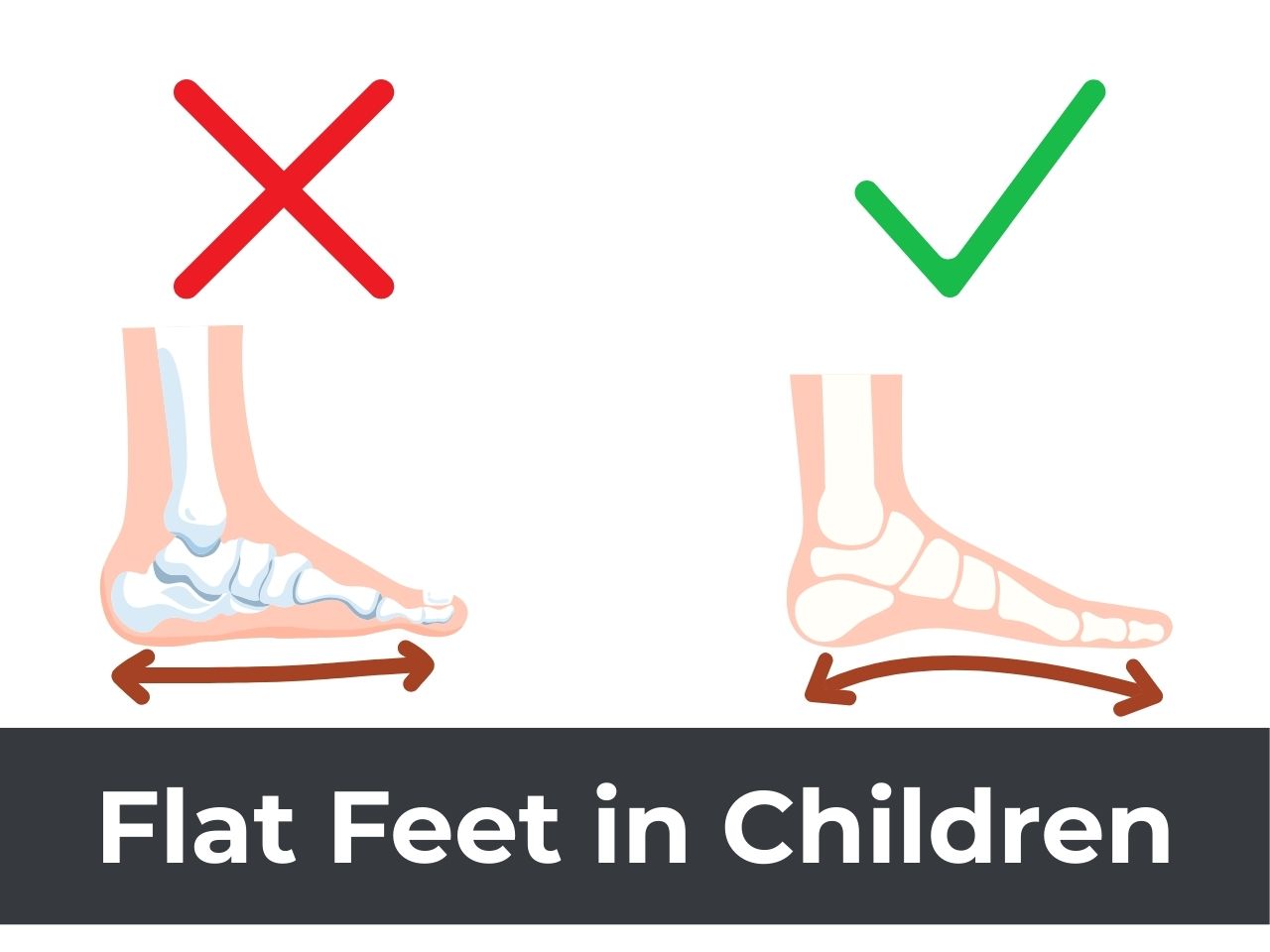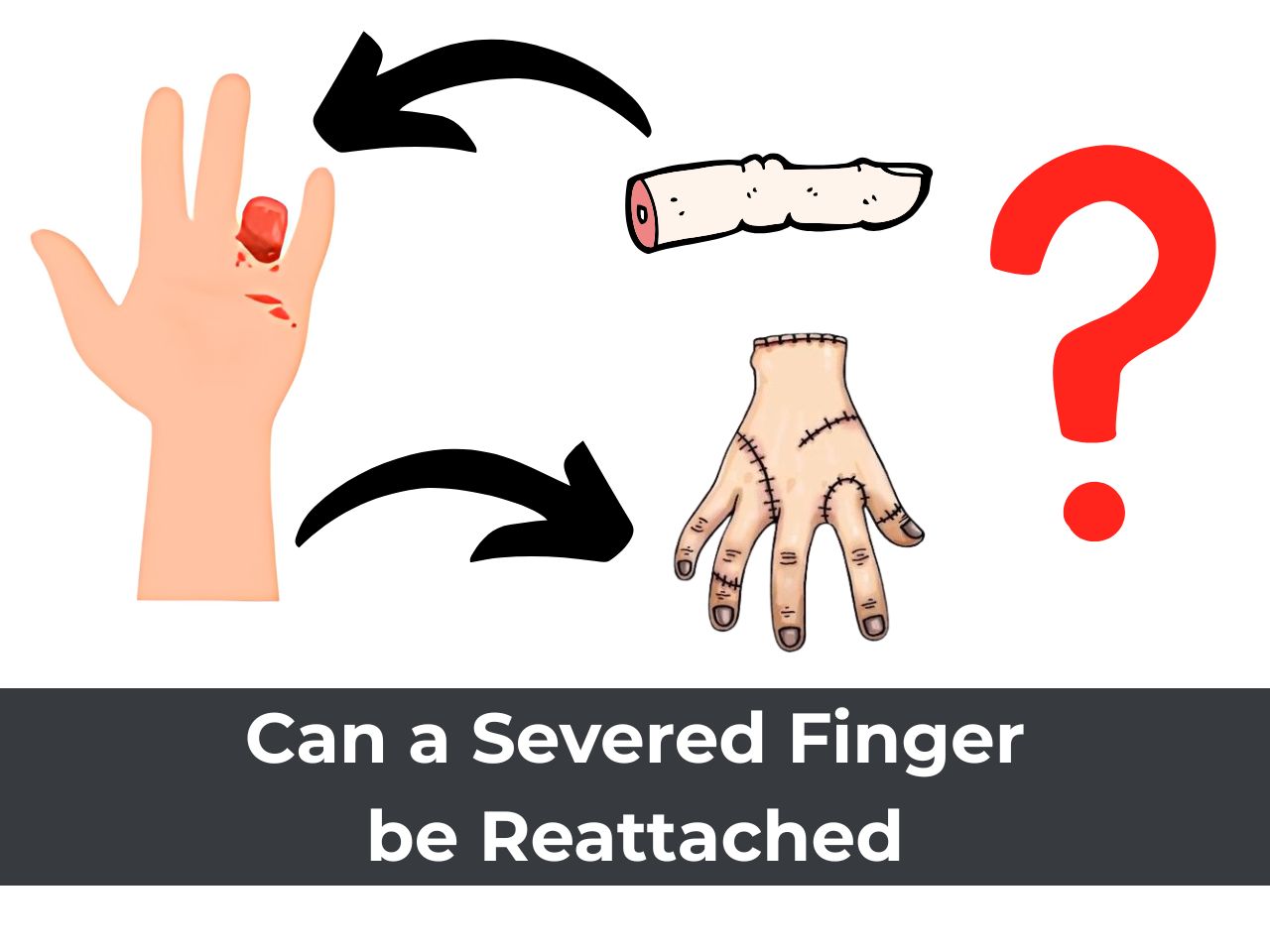
Computer navigation guiding the surgeon through the journey of implantation of a total knee replacement just like the GPS enabled navigation guiding the driver throughout the journey. Through infrared sensing of patient anatomy using trackers attached intraoperative to the patient’s thigh(Femur) and the leg (Tibia) bone, the computer can precisely advise the surgeon as to the exact location new knee implants should be positioned. This technology carries the promise of improving the precision of total knee replacement surgery, thus, improving the short and long term performance of the knee replacement as one of the most important causes of failure of a Total Joint Arthroplasty is Malalignment.
SURGICAL TECHNIQUE
The surgical technique of computer navigation starts with the use of an infrared sensor marking and mapping the anatomy of the arthritic knee and adjacent bony structures (the femur and tibia) called Registration. Through the use of sophisticated software, the computer is able to create a 3D image of the patient’s knee joint and ascertain the position of the knee in space and detect and quantify any deformities or bone loss. It then, with input from the surgeon, can determine what changes need to be made via bone cuts and ligament balancing so as to position the new artificial knee in the proper anatomic alignment. The computer gathers a three-dimensional image of the anatomy of the knee preoperatively and the intended anatomy of the knee at the completion of surgery. It is the surgeon’s job to interpret this data so that at the completion of the procedure normal patient anatomy is established as precisely as possible. This will provide the opportunity for the patient to regain the maximum function and motion possible.
COMPUTER NAVIGATION ADVANTAGES
There are several potential advantages of computer navigation in knee replacement surgery.
- Incisions can be made smaller and the soft tissue dissection can be kept less invasive with computer navigation guidance. The use of computer navigation augments other minimally invasive surgical techniques. The net result is greater protection of the quadriceps muscle and tendon during surgery. It is the protection of the quadriceps mechanism that is the key component of minimally invasive surgery.
- Studies show that bone cuts can be made more accurately and more reproducibly when guided by computer navigation versus other systems.
- Computer navigation guidance eliminates the need for a rod to be placed inside the intramedullary (IM) canal of the bone which in turn reduces the risks of fat embolism. For the last two decades use of an IM rod has been the standard method of aligning cuts and has proved quite effective. The elimination of this rod, however, furthers efforts at keeping the procedure “minimally invasive”.
- At the completion of total knee replacement surgery balancing the ligaments surrounding the knee has always been the most difficult and “subjective” part of knee arthroplasty. In conventional surgery, the knee ligaments are balanced chiefly by the surgeon’s “feel” to determine if the ligaments are appropriately taut. Though experienced surgeons can achieve excellent ligament balance in most cases, reproducibility is difficult and results are subjective. With computer navigation, ligament balancing can potentially be quantified to the nearest millimeter of ligament laxity or tautness. This, in the end, may prove to be computer navigation’s greatest advantage over conventional surgery.
- In TKR surgery if there is a significant deformity in the femur above the knee or in the tibia below the knee(Extra Articular Deformity) conventional alignment systems can be difficult or impossible to use. This is due to the fact that intramedullary systems require an unobstructed femoral and tibial canal. Similarly if as a result of previous surgery any hardware is present such as plates, screws or rods in the bone blocking the femoral or tibial canal, conventional alignment systems often cannot be utilized. With computer navigation systems deformity and /or the presence of hardware provides no obstacle since access to the intramedullary canal is not a requirement. Thus, patients with bony deformity or hardware above or below the knee are ideal candidates for utilizing computer navigation guidance systems.
- Studies have shown that computer navigation eliminates alignment “outliers”. Experienced surgeons using conventional alignment systems and Occular Navigation can accurately align the knee replacement in over 90 – 95% of cases. However, studies show that in as much as 5 to 10% of surgeries, postoperative knee alignment will be less than ideal. These patients in this 5 to 10% group are considered “outliers”. It is felt that computer navigation’s accuracy can help the surgeon shrink this percentage of postoperative alignment outliers.
COMPUTER NAVIGATION DISADVANTAGES
There are some concerns regarding the use of computer navigation TKR.
- The chief disadvantage of computer navigation surgery is the increased cost of the procedure. There is considerable upfront capital expense to the hospital to purchase these computer navigation systems. Many leading joint replacement hospitals, in an effort to provide cutting-edge technology and the best available care to patients, have indeed acquired navigation systems. These costs are not passed on to patients (computer navigation surgery does not cost the patient anything additional). And since insurance companies and Medicare typically do not reimburse the hospitals more for surgery utilizing computer navigation, hospitals are forced to absorb the additional expense. Though this is not necessarily the problem of any individual patient facing surgery, the increased costs of technological advances adding to overall health care costs are of concern to us all.
- The second disadvantage of computer navigation surgery is the potential increased surgical time required to perform the procedure. Increasing surgical time theoretically increases infection risk due to the surgical wound being opened longer. Surgeons experienced in the use of computer navigation systems may increase the length of the surgical procedure by about 10 to 15 minutes. Though it is well known that dramatic increases in surgical time do increase the risk of infection, studies thus far have not shown a greater infection rate in computer navigation surgeries (presumably due to the relatively modest increase in surgical time).
CONCLUSION
Computer navigation in knee replacement surgery is a technological innovation aimed at improving the accuracy of prosthetic implantation and at minimizing surgical exposure. Though conventional surgical techniques have been extremely successful, the use of computer navigation may improve the already excellent results benefiting thousands of patients annually.
At Pinnacle Orthocentre Hospital we have Dr. Yogesh Vaidya who is a fellowship-trained Joint Replacement Surgeon, using Aesculap Ortho pilot Navigation System for all Primary and Revision Knee Replacement Surgeries.
For more information on Computer-Assisted, Minimally Invasive Total Knee Replacement Surgery #cntkr contact us at www.pinnacleorthocentre.com
Dr.Yogesh Vaidya
Sr. Consultant Joint Replacement Surgery
Pinnacle Ortho centre Hospital, Thane






0 Comments